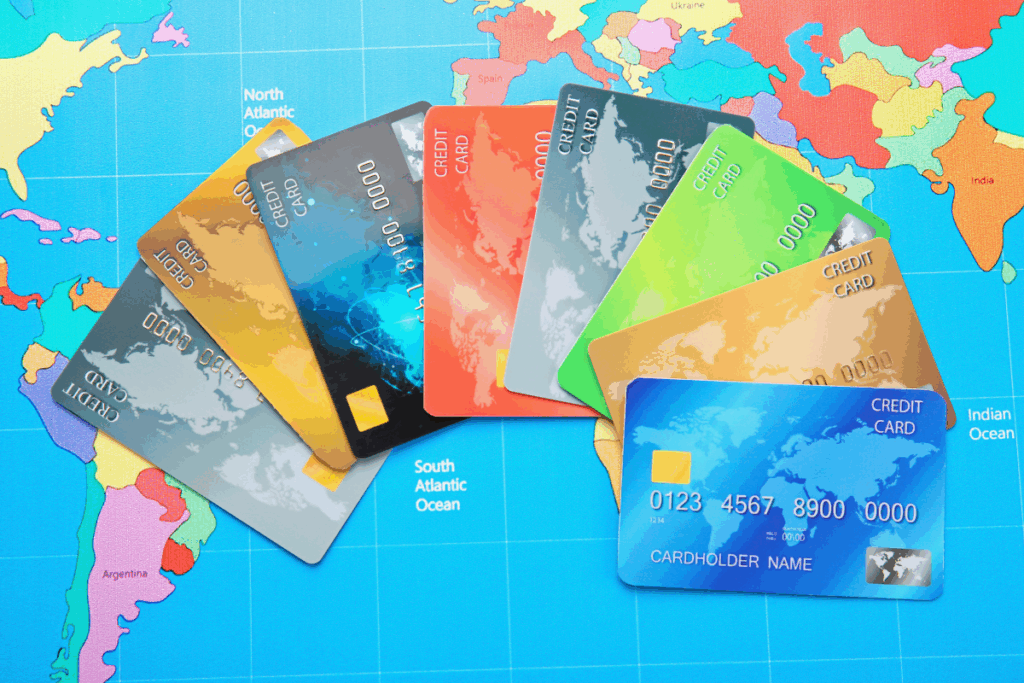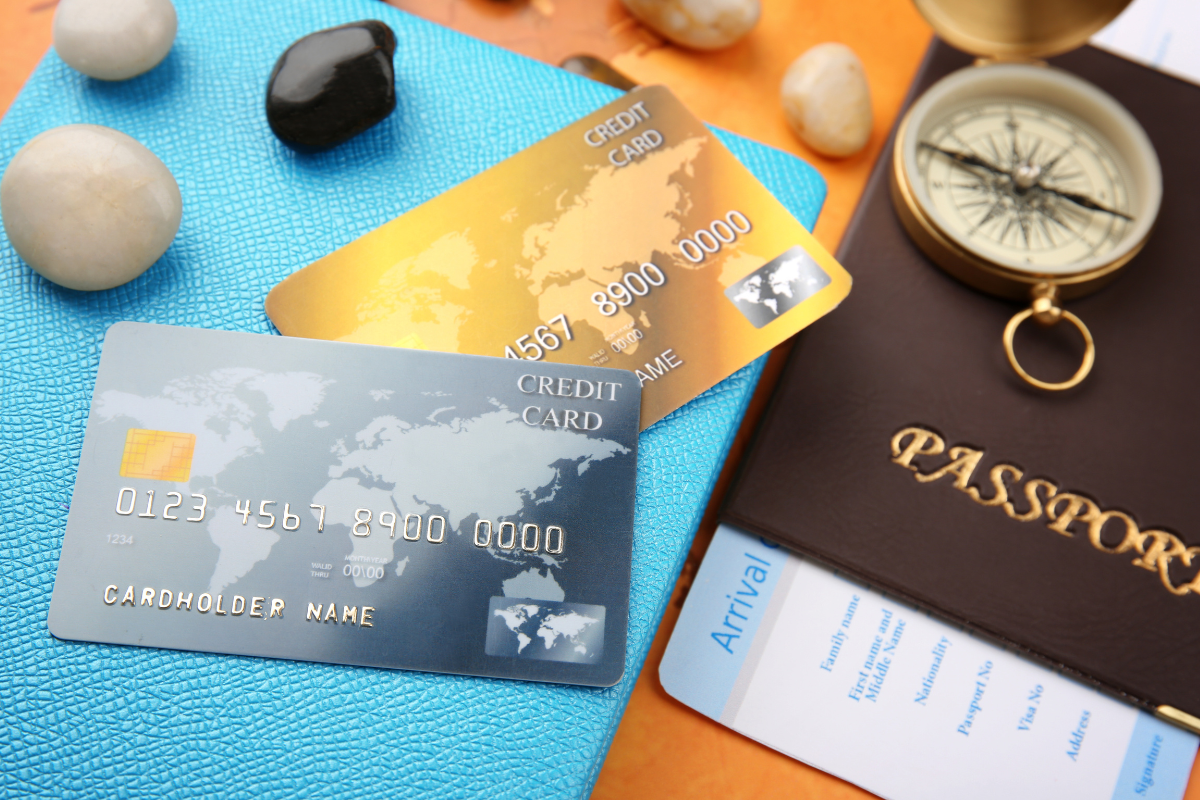You’re booking your next getaway—maybe it’s cherry blossom season in Tokyo, a food-filled adventure through Penang, or a long-awaited escape to the Swiss Alps. You’re excited, carefully comparing flights and planning your itinerary. But here’s the thing: are you getting the most out of every dollar spent?
For many Singaporeans, travel isn’t just about the destination—it’s also about the journey. And if you’re not using the right travel credit card, you could be missing out on free flights, hotel upgrades, and exclusive airport perks.
That’s where this guide comes in. Whether you’re a seasoned jet-setter or booking your first big trip, this article will break down the top travel credit cards in Singapore and help you find the perfect fit for your lifestyle and goals.
Understanding the Fundamentals of Travel Credit Cards in Singapore
Before diving into specific cards, let’s get familiar with some essential terms and concepts.
1. Miles per Dollar (mpd)
This is the cornerstone of any travel card. Miles per dollar (mpd) refers to how many miles you earn for every S$1 you spend.
- Local Spending: Typically earns 1.2 to 1.4 mpd.
- Overseas Spending: Often earns more, ranging from 2 to 4 mpd.
Some cards offer bonus categories, such as travel bookings or dining, that yield even more miles.
2. Annual Fees & Waivers
Travel cards often come with annual fees ranging from S$150 to over S$500. In exchange, you’ll usually get benefits such as:
- Bonus miles upon sign-up or renewal
- Complimentary lounge visits
- Free travel insurance
Tip: Look out for cards that waive the annual fee for the first year, or those where the benefits clearly outweigh the cost.
3. Rewards Redemption
Your hard-earned miles can typically be redeemed for:
- Flight tickets via frequent flyer programmes (e.g. KrisFlyer)
- Hotel stays
- Travel-related vouchers
- Occasionally, cashback or merchandise
Pro tip: Choose cards with a wide range of transfer partners (e.g. Citi, HSBC) to maximise your redemption flexibility. Keep an eye on conversion fees, which can add up.
4. Travel Perks
Beyond miles, premium travel cards often offer:
- Lounge access via Priority Pass or DragonPass
- Complimentary travel insurance
- Discounts on hotels, car rentals, and airport transfers
- Dedicated concierge services
5. Foreign Currency Transaction Fees
This is a common pitfall. When you spend overseas, banks typically charge 2.5%–3.5% in foreign transaction fees.
To reduce these charges, you can:
- Use cards with low foreign transaction fees
- Pair your travel card with a multi-currency wallet (e.g., YouTrip, Instarem Amaze) that rebates part of the fee
A Curated List of Top Travel Credit Cards in Singapore (2025)
Let’s simplify your search by breaking the top travel credit cards into easy-to-navigate categories.
Best All-Rounder Card
- Citi PremierMiles Card
- DBS Altitude Visa Signature Card
Best for High Miles Earn Rate
- UOB PRVI Miles Visa Card
- HSBC TravelOne Card
Best for Airline Loyalty
- American Express Singapore Airlines KrisFlyer Ascend
- KrisFlyer UOB Credit Card
Best for Beginners
- Citi PremierMiles Card (again)
- DBS Altitude (again)
Deep Dive: Card-Specific Analysis
1. Citi PremierMiles Card
Key Features:
- 1.2 mpd on local spend
- 2.0 mpd on foreign spend
- Bonus miles (up to 30,000) for new sign-ups
- Annual fee: S$194.40 (waived first year)
- Miles never expire
Ideal for: Travellers looking for a fuss-free, evergreen miles card.
Pros:
- Wide transfer partner network (over 10 airlines)
- Non-expiring miles
- Strong welcome bonus
Cons:
- No lounge access unless minimum spend is met
- Foreign currency fee applies (approx. 3.25%)
2. DBS Altitude Visa Signature
Key Features:
- 1.2 mpd locally, 2.0 mpd overseas
- Up to 3.0 mpd on online travel bookings
- Annual fee: S$194.40 (waived first year)
- 2 free lounge visits per year
Ideal for: Casual travellers booking trips online.
Pros:
- Bonus for online flight and hotel bookings
- Miles valid for 3 years
- Good balance of earn rate and benefits
Cons:
- Not the highest overseas earn rate
- Fewer transfer partners than Citi
3. UOB PRVI Miles Visa
Key Features:
- 1.4 mpd locally, 2.4 mpd overseas
- 6 mpd on selected online travel bookings
- Annual fee: S$259.20 (usually waived first year)
- Optional PRVI Pay facility to earn miles on bills
Ideal for: Serious miles chasers with high monthly spend.
Pros:
- Among the best earn rates on the market
- Versatile redemption options
- Good for large spenders
Cons:
- Miles expire after 2 years
- High spend required to enjoy perks
4. HSBC TravelOne Card
Key Features:
- 1.2 mpd locally, 2.4 mpd overseas
- 4 complimentary lounge visits per year
- Annual fee: S$196.20 (waived 1st year)
- Miles expire after 37 months
Ideal for: Occasional travellers who value lounge access and flexibility.
Pros:
- Competitive earn rate overseas
- Lounge visits included without minimum spend
- Decent pool of airline and hotel partners
Cons:
- Slightly more niche transfer partners
- Miles not evergreen
5. AMEX KrisFlyer Ascend
Key Features:
- 1.2 mpd local, 2.0 mpd overseas
- 4 complimentary lounge visits per year
- 1 night free hotel stay per year
- Annual fee: S$337.05 (not waived)
Ideal for: Loyal Singapore Airlines flyers who want KrisFlyer perks.
Pros:
- Direct mile accrual into KrisFlyer
- Bonus miles on SIA and Scoot bookings
- Hotel night is a nice touch
Cons:
- No waiver on annual fee
- Limited to KrisFlyer ecosystem
6. KrisFlyer UOB Credit Card
Key Features:
- 1.2 mpd local, up to 3.0 mpd on SIA brands
- Annual fee: S$194.40 (waived 1st year)
- Bonus miles with min. spend
Ideal for: Those loyal to the Singapore Airlines group.
Pros:
- High earn rate on Scoot, SIA, KrisShop
- Auto miles credit to KrisFlyer account
Cons:
- Miles expire under KrisFlyer rules
- Limited use outside of SIA ecosystem
How to Choose: A Practical Framework
Choosing the right card isn’t just about the perks—it’s about how well it matches your lifestyle.
Step 1: Assess Your Spending Habits
- Frequent Flyer? Cards with higher earn rates and flexible transfer partners may be ideal.
- Occasional Traveller? Consider cards with waived annual fees or those with built-in travel perks.
Step 2: Define Your Travel Style
- Do you fly budget or premium? SIA-focused cards may benefit premium travellers, while generalist cards offer broader flexibility.
- Solo or family? More lounge access and travel insurance coverage might be essential.
Step 3: Crunch the Numbers
Take stock of:
- How much you’ll spend monthly
- The mpd offered
- The redemption value of miles
- The cost of the annual fee
Example: If you spend S$2,000/month locally, earning 1.2 mpd, that’s 28,800 miles a year—enough for a regional economy return ticket.
Step 4: Consider the Ecosystem
Some cards offer miles you can transfer to multiple frequent flyer programmes (e.g., Citi), while others are locked to KrisFlyer. Think about the airlines you actually fly with, and check the redemption rates.
Conclusion

Travel credit cards aren’t just plastic—they’re passports to richer travel experiences. Whether it’s sipping a latte in a plush airport lounge, scoring a free night’s stay at a boutique hotel, or unlocking that elusive business class seat for your honeymoon, the right card can open doors—literally.
To recap:
- Understand your spending and travel habits.
- Choose a card with the right mix of mpd, perks, and partner flexibility.
- Don’t forget the small print—fees, expiry dates, and conversion rates matter.
So go ahead—apply smartly, spend wisely, and fly further. Your next adventure starts not at the airport, but with the swipe (or tap) of the right card.
Bon voyage! ✈️








